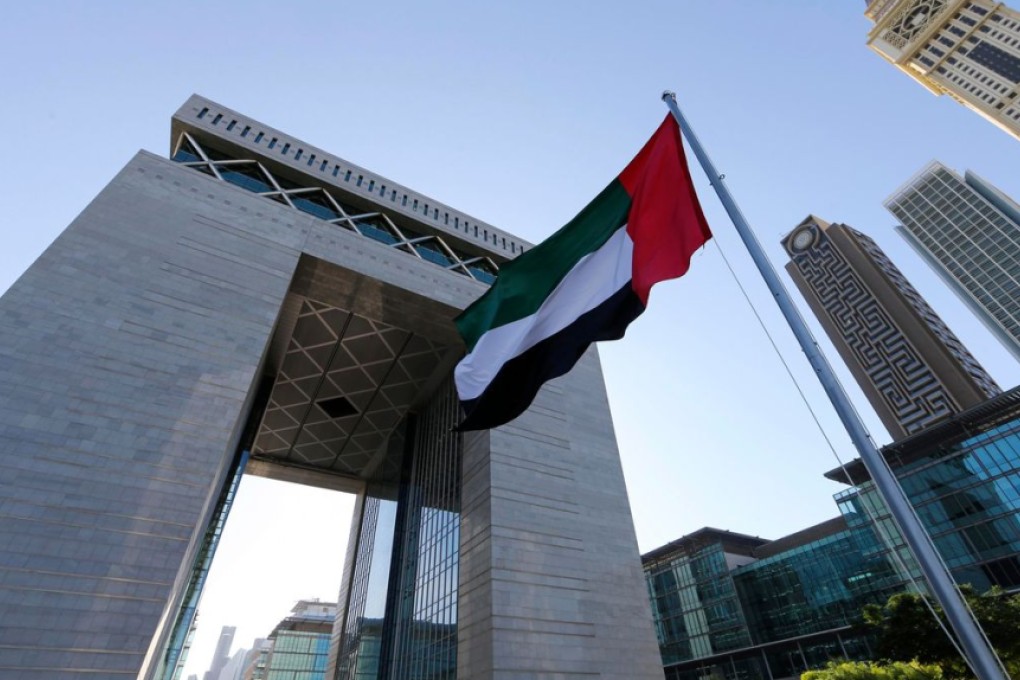Building for a better tomorrow
Gulf nation puts its wealth into high-profile and innovative infrastructure projects aimed at attracting local and international business. Reports by Ed Peters

Never mind the concept of time standing still - it rarely even pauses for breath in the United Arab Emirates, a powerhouse of economic activity which has developed in the past couple of decades. The UAE's open economy, high per-capita income - around US$29,000 - and a sizeable annual trade surplus have combined to make it one of the world's great commercial success stories.
And the UAE has not been slow to invest some of its wealth in high-profile infrastructure projects. Next year should see the opening of the Dubai Opera, a 2,000-seat, multiformat performing arts centre which is shaped like a dhow, the region's traditional fishing vessel. Using the latest hydraulic technology, 900 seats can be removed so the building can be transformed from a concert hall to an exhibition space in a matter of minutes.
Such a project is typical of Dubai's far-sighted, can-do attitude, and other construction projects continue at a rapid pace. More of an industrial concern, Dubai Investments Park (DIP) has spent over 4 billion dirham (HK$8.4 billion) in the last 17 years to build and improve its infrastructure. DIP now hosts 140km of internal road networks, a highly-sustainable power and water supply, a well-connected telecommunications network that meets the latest global standards, district cooling services across the entire business park, and 130km of freshwater supply networks for irrigation and firefighting.
"DIP's world-class infrastructure and road network enables connectivity to the regional and international transport linkages which grant it speedy access to potential markets in the neighbouring emirates and the wider region," says Dr Ahmed Elbeshlawy, economic analyst at the UAE's consulate in Hong Kong. "This makes DIP an ideal investment destination for local and international businesses."
The infrastructural growth within DIP continues to transform the business park into a self-contained city within a city. This complements DIP's strategic location and proximity to Jebel Ali Port, Al Maktoum International Airport, and the business districts and arterial roads, making it one of the most sought-after developments for tenants and businesses. At present, DIP is home to about 90,000 people and six schools accommodating more than 5,700 students.
Other parts of the city are experiencing significant changes too. Plans to build hundreds of flats and offices above Dubai's busiest metro station are going ahead, and the Roads and Transport Authority plans to issue tenders in May. Dubbed Union Oasis, the tower project will rise above Union Station in the district of Deira. It will be the first of its kind in the region, encouraging more people to use the rail system and to bring more businesses and homes to old Dubai.